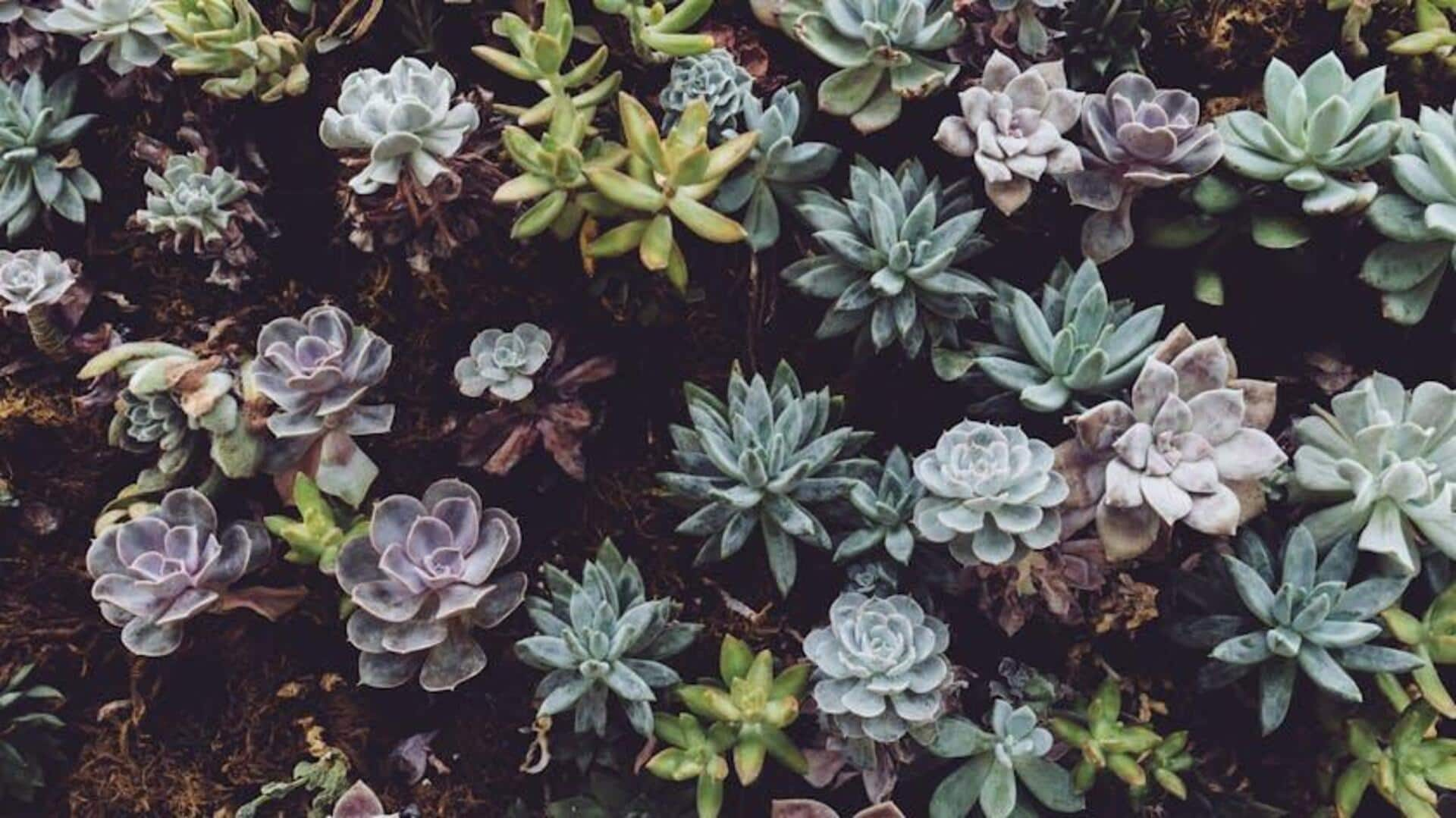
Succulent care 101: Tips for healthier plants
What's the story
Succulents are loved for their unique appearance and low maintenance. To achieve their vibrant look, you need to strike a balance between light and water. The right amount of light and water keeps them healthy, but too much or too little can cause problems. By focusing on these factors, you can ensure that your succulents remain vibrant, something every succulent enthusiast desires.
Light requirements
Understanding sunlight needs
Succulents require a good amount of sunlight to flourish, roughly about six hours a day. They prefer bright, indirect light instead of direct sun exposure, which can burn the leaves. If you're growing them indoors, keeping them near a south-facing window is ideal. For outdoor succulents, morning sun with afternoon shade is best in hot climates. Adjusting light conditions according to seasons keeps them healthy.
Watering techniques
Hydration without overwatering
Proper watering is essential for succulents since they store water in leaves. Always let the soil dry out completely in between waterings to avoid root rot. A good rule of thumb is watering them once every one to two weeks, depending on humidity levels and temperature. Using well-draining soil prevents excess moisture from pooling up at the roots.
Soil mix
Soil composition matters
The right soil mix goes a long way in keeping your succulents healthy by ensuring proper drainage, while retaining some moisture for roots' access when required. A mix of sand, perlite, or pumice along with potting soil works best for most succulents, as it imitates their natural habitat conditions where they grow in rocky terrains with little to no organic matter content.
Signs of stress
Monitoring plant health indicators
Observing your succulents can help you identify stress signs, such as yellowing leaves due to insufficient light or mushy stems due to overwatering. Adjustments in watering frequency or improving drainage can help you combat these issues. Regular monitoring ensures a healthy growing environment, effectively managing the potential risks and leading to successful cultivation outcomes.